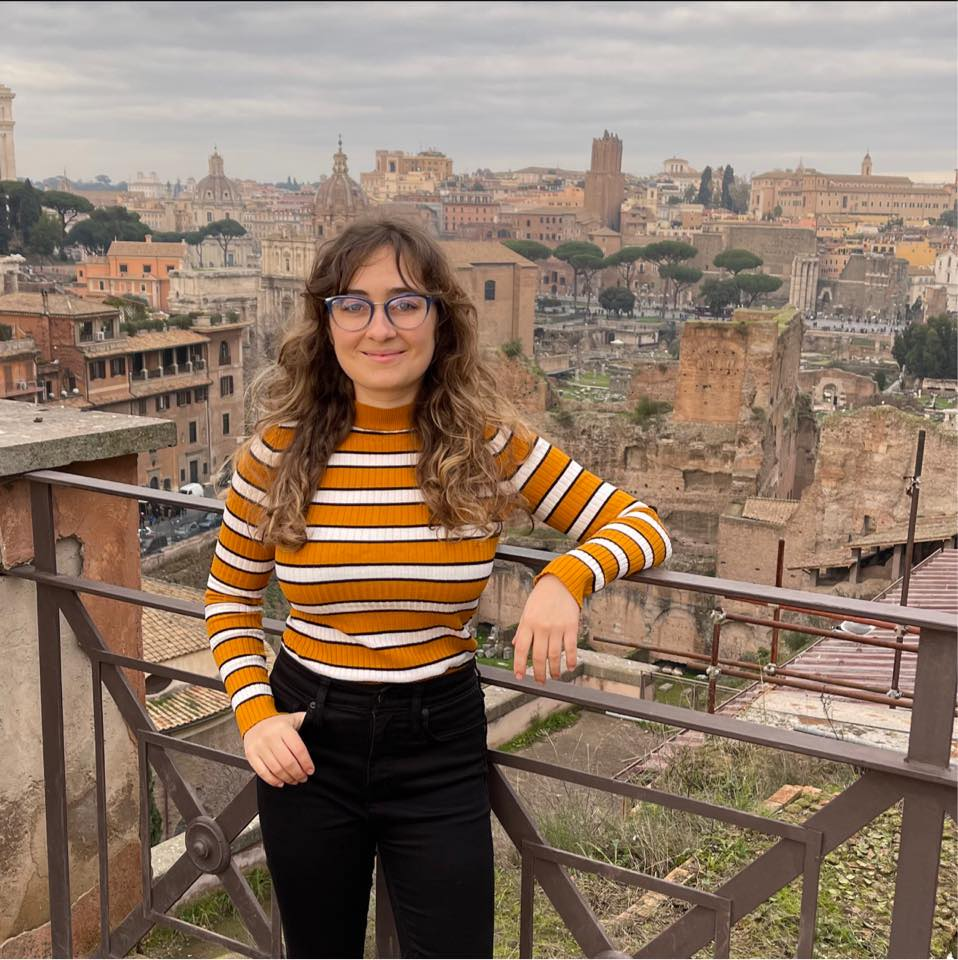Honolulu, HI – My name is Summer. I grew up in Lafayette, Louisiana and Houston, Texas, where sprawling cities and car dependency were the norm. After visiting walkable cities like Paris and now living in Honolulu, Hawaii, I’ve developed a strong appreciation for public transit and urban design that prioritizes people over cars.

When I moved to Honolulu in 2023, I initially planned to get a car but decided against it after realizing I could get around without one. Between biking, walking, and using the bus, I’ve been able to navigate the city while avoiding the stress and expense of car ownership. Living and working near a number of frequent transit routes makes this possible for me, but that access isn’t consistent across the island. My boyfriend has a car, which I occasionally use, but for most of my trips—like commuting to work, running errands, or visiting the ceramics studio where I’m a member—I rely on transit or the city’s bike-share program, Biki.
What I love most about using transit is how it connects me to the community. Driving often feels isolating, but I’ve had meaningful interactions with people on the bus—from aunties and uncles sharing stories at the bus stop to sweet cultural exchanges with strangers. These small moments make me feel more connected to Honolulu and the people around me.
That said, there are challenges. Pedestrian safety is a big issue here, which impacts access to public transit. Many sidewalks are in poor condition, and some areas don’t have sidewalks at all, forcing pedestrians into dangerous situations when they’re trying to get to the bus stop. Bus stop quality is inconsistent; while some have shade and seating, many are just signposts, offering little comfort or protection from the elements.
I’m excited about the Skyline Rail project on Oahu, which has faced delays and controversy but has already transformed transportation here. Once completed, it will connect major destinations like the airport and open up new possibilities for people who use transit.
If I could tell policymakers one thing, it’s that we need policies and funding that prioritize people over cars. Reducing parking, focusing on walkable, pedestrian-friendly design, increasing tree cover, and investing in frequent, reliable public transit are not just about transportation—they’re about building stronger communities. Transit fosters genuine community connections, supports sustainability, and can transform cities into places where everyone feels welcome and included. Our leaders must shift investments away from car-centric infrastructure and toward a future where public transit and pedestrian access are at the heart of our communities.
